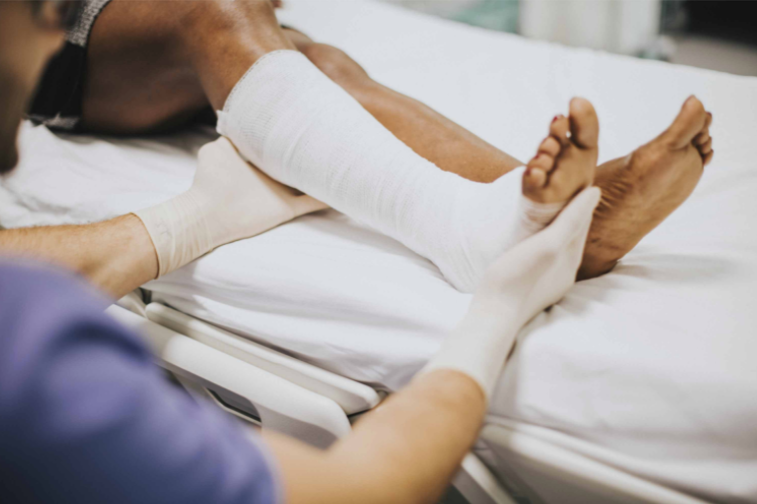Fracture Non-Unions – Frequently Asked Questions

As part of my NHS and private practice, I specialise in seeing patients who have non-union fractures. I am often asked questions in the clinic by patients who are anxious about their condition, and would like more information. I have put together some of the more common questions which patients have asked me, and will endeavour to shed some light on these so others who might be in a similar situation can benefit.
How common are non-union fractures?
Non-unions of the fractures are thought to occur in 5-10% of all fractures. They are quite rare in the upper limb, but more common on the lower limb. Any fracture can end up as non-union, but certain bones are more prone to develop non-union than others. The scaphoid in the wrist and talus in the foot are two the most difficult bones to heal and two places where non-unions occur most often. So much so, that for certain types of fractures in the talus, there is an almost 100% rate of developing a non-union.
Will a non-union fracture eventually heal with time? / Can a non union fracture heal naturally?
Theoretically it is possible that non-union fractures will eventually heal on their own but this is very unlikely. The longer the bone remains broken or fractured, the less likely it is going to heal naturally. Instead, if the non-union fracture is left it can progress to pseudoarthrosis, or formation of a false joint. At the level of the non-union fracture there will be formation of a pseudo or false joint including a pseudo joint capsule, cartilage and joint fluid.
Are non union fractures painful? / Does a non-union fracture hurt?
Non-unions usually become painful when they become unstable. This means that either the new bone formed to heal the bone or the surgical metalwork inserted is failing and the bone fragment ends have started to rub against each other.
What does a non-union fracture feel like?
You cannot feel a fracture non-union until it becomes unstable. Usually, after a fracture, the bones are stabilised either with a plaster cast or with surgery. Patients cannot typically notice whether or not the fracture is healing, although some people occasionally will report the limb feels stronger and they can rely on it more often. The main symptoms patients with an unstable non-union report is movement or giving way of the limb where it shouldn’t move, i.e. middle of the shin bone which is normally stable, but in case of a non-union the bone will bend on loading.
For more information on non-unions written by Mr Matija Krkovic, click here
If you have a fracture non-union and would like a specialist review, please book a consultation today.

Author: Matija Krkovic
Website: https://www.limbreconstructions.com/